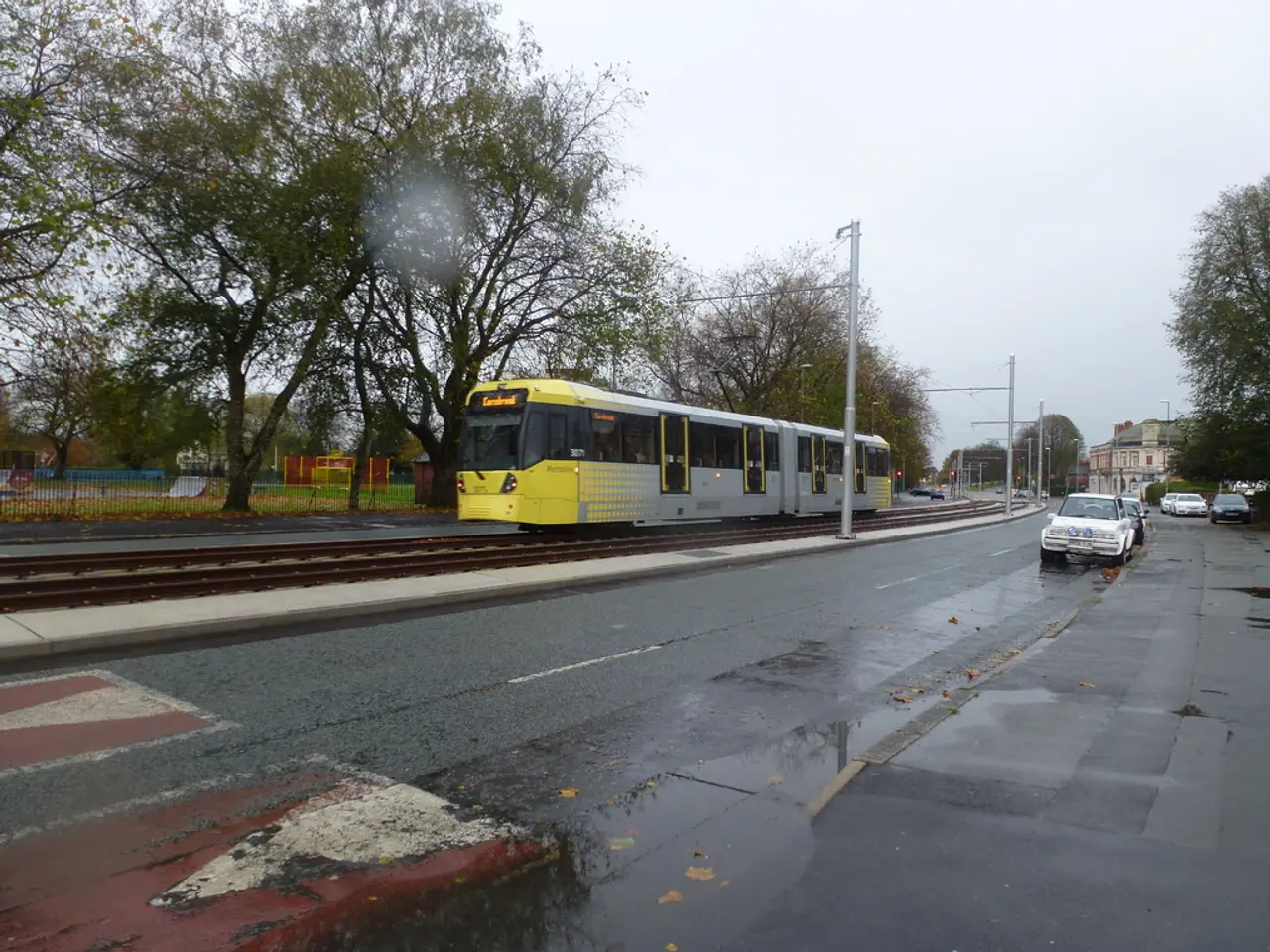Pakistan's Emergence as a Regional Center for Commerce and Trade
The Islamabad-Tehran-Istanbul (ITI) train corridor, a significant initiative linking three continents, passes through Pakistan, highlighting the country's strategic location. Bordered by China, Afghanistan, and Iran, and with access to the Arabian Sea, Pakistan serves as a natural transit country, bridging East and West Asia.
One of the most transformative projects in Pakistan's history is the China-Pakistan Economic Corridor (CPEC). With over $60 billion in planned projects, CPEC is the largest investment initiative in the country's history. The initiative has led to the construction of highways and expressways connecting Gwadar to major cities and borders, and the modernization of the ML-1 railway line to speed up cargo transit.
Gwadar Port, developed under CPEC, is envisioned to become a transshipment hub, a gateway to Africa and the Gulf, and a logistics base for oil, gas, and industrial cargo. Special Economic Zones (SEZs) are being established under CPEC to attract foreign and local investment. Energy projects are being developed under CPEC to power industrial zones and logistics centers.
Pakistan's geography also allows it to maintain trade with Iran and seek stronger links with Turkey and the Caucasus via overland road and rail connections. The Taftan border is a key point for such trade. The Quadrilateral Traffic in Transit Agreement (QTTA) links Pakistan with China, Kyrgyzstan, and Kazakhstan via the Karakoram Highway, providing an alternative to routes through Afghanistan.
To facilitate regional trade, the government of Pakistan has invested in infrastructure and policy reforms. The Pakistan Single Window (PSW) integrates all trade-related agencies into one platform, reducing delays and corruption. Digital freight tracking and automated border management have been introduced to monitor shipments in real time and ensure faster clearance, respectively.
Modernization efforts are also underway at critical crossings such as Torkham and Chaman, which are key for the Afghanistan-Pakistan Transit Trade Agreement (APTTA) and other regional frameworks. The TIR Convention allows for seamless customs procedures for cargo crossing multiple borders, with Pakistan's National Logistics Corporation (NLC) having completed successful TIR operations to Uzbekistan and Kazakhstan.
The Khunjerab Pass, linking Pakistan with China's Xinjiang province, is a key route for bilateral trade. Potential rail links are planned, further enhancing connectivity between the two countries. These developments underscore Pakistan's commitment to fostering regional trade and becoming a key player in international trade routes.
Read also:
- Unfair Expenditure Distribution, Secret Tourists, Looming Rabies Threats: Latest News Roundup
- Hydrogen: Eco-friendly Alternative or Energy Imperialism Debate?
- Hydrogen: Environmentally Friendly Alternative or Energy Imperialism?
- Strategies for expanding your creative enterprise, directly from industry experts




